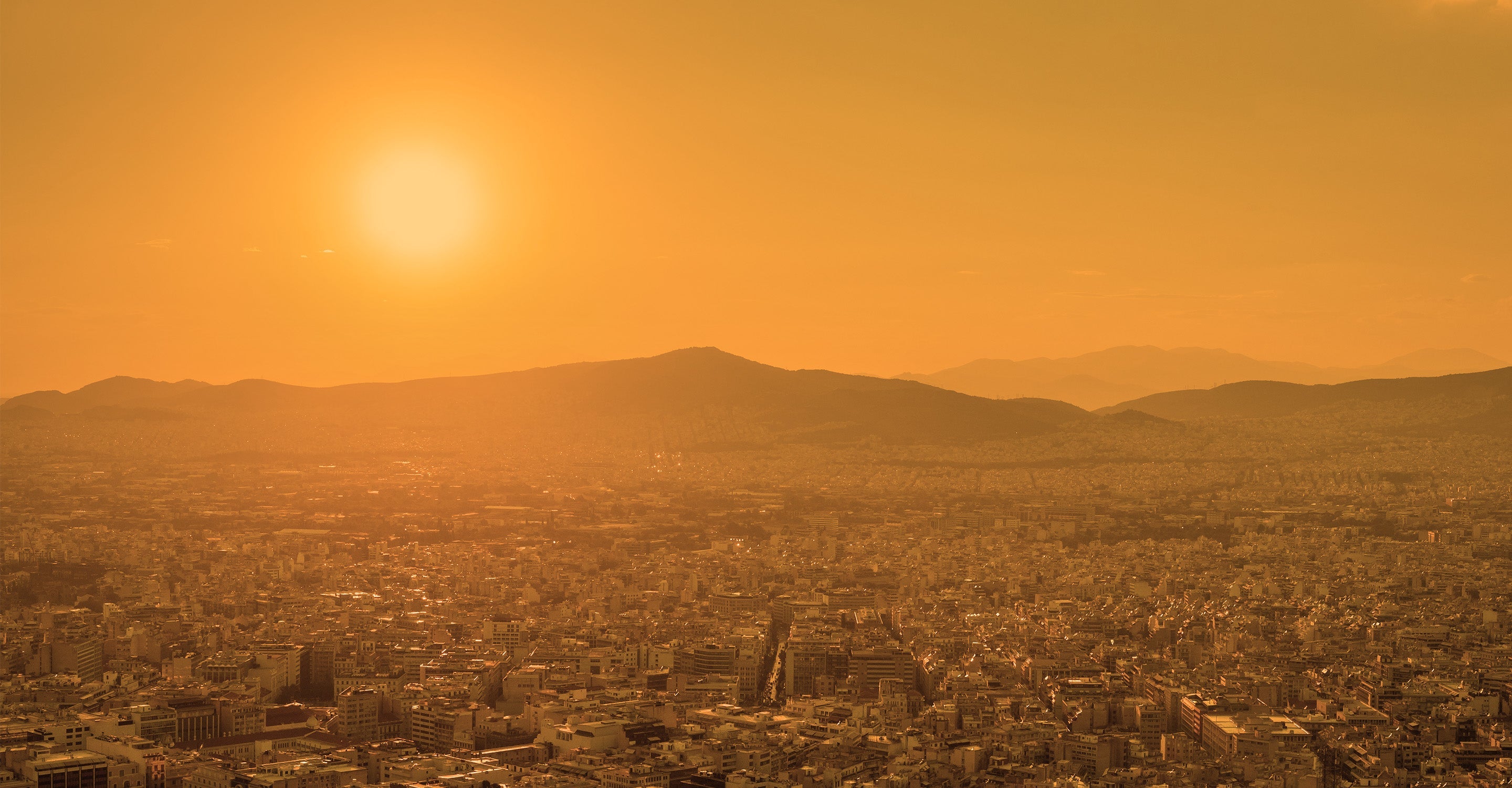Plymouth air quality map
Live air pollution map of Plymouth
1K people follow this city
Full screen
Contributors
2
Stations
2
Contributors category
1
Government
0
Non-profit organization
0
Educational
1
Corporate
0
Individual
0
Anonymous
Most polluted air quality stations
| # | station | US AQI |
|---|---|---|
| 1 | Plymouth Centre | 49 |
| 2 | Plymouth Moor Lane | 45 |
community highlight
Plymouth most followed contributors
Health Recommendations
| Enjoy outdoor activities | |
| Open your windows to bring clean, fresh air indoors GET A MONITOR |
Become a contributor
Get an AirVisual Outdoor and contribute to collecting millions of data points for the Plymouth map to track local air pollution
Understand air pollution and protect yourself
Plymouth MAP AIR QUALITY ANALYSIS AND STATISTICS
What exciting information about air quality can be found on the air pollution map for Plymouth?
There is a lot of exciting information on the air pollution map for Plymouth and it is very easy to find from the main city page. At the top of this main page is a map icon which when selected will open a new page filled with all the information a user needs to know.
When the map is first accessed, the viewer will notice the overall colouration of the map. This directly shows the current air quality in a very visual way. The current colour is a dark green which indicates “Moderate” air quality. Colours can range from pale green to dark maroon where the darker colours signify poorer air quality. The colours are standard across the whole IQAir website in order to avoid confusion. Some coloured circles or discs will also be seen scattered across the map. These represent the locations of the ground-level air monitoring stations. Each station can be selected to find out more information about that specific part of the city.
At the centre of each disc is a number which is the United States Air Quality Index reading or US AQI for short. It is calculated by taking the measurement of up to six of the most commonly found air pollutants in the city air. They are usually both sizes of Particulate Matter (PM2.5 and PM10), sulphur dioxide, nitrogen dioxide, carbon monoxide and ozone. Once established it is used as a standard when comparing different cities across the globe. It has the complete backing of the World Health Organisation (WHO).
Looking back to the main city page, it can be seen in the coloured banner across the top of the page that Plymouth was experiencing a period of “Moderate” air quality with a US AQI reading of 61. Three main pollutants were measured but it is PM2.5 that is quoted as standard. This recorded level was 17 µg/m³ which is almost three and a half times higher than the target figure of 5 µg/m³ as recommended by the WHO.
Just below the air pollution map for Plymouth can be seen the number of contributors, there are that operate the various stations in and around the city. Currently, one station is co-managed by three government departments.
What other fascinating information about air quality can be gleaned from the air pollution map for Plymouth?
There is a wealth of information on the air pollution map for Plymouth but in order to take full advantage of all available information, the page needs to be viewed in full-screen mode, otherwise, some facts can remain obscured. This is simply done by pressing the icon at the top of the page.
When viewed in this way, a list of four options will appear on the left-hand side of the screen. They can all be turned on and off individually to get a better idea of the effect each one has on the map.
The first option shows the location of the ground-level air monitoring stations, but the ones on the map are not necessarily controlled and operated by the local government in Plymouth. The next option shows the location of any wildfires that might be out of control in the vicinity. In December 2022, there were no reported fires to show. If fires do break out, then option four needs to be consulted as it shows the speed and direction of the prevailing winds and may indicate where the smoke might blow.
This leaves option three which shows the current level of air pollution by colouring the background of the map to reflect the current status. Some viewers may find the colour too intense, in which case, it can be deactivated and the map will revert to a standard set of colours.
The rest of the interesting information is to be found on the right-hand side of the screen in the form of a table. This ranks the world cities according to their levels of air pollution. By default, only seven cities are shown but the topic can be fully explored by choosing the full-ranking section which will open a new page showing all participating cities.
Are areas of high levels of air pollution shown on the air quality map for Plymouth?
These areas of elevated pollution levels can be found by looking for the discs with the highest number and/or darkest colour. Perhaps an easier answer to this is to scroll down the page to just beneath the map where a list of the most polluted stations will be found. Because there is only one station in Plymouth it is both the dirtiest and the cleanest. It is located at Plymouth Centre and shows a US AQI reading of 65. The next table shows the most popular monitoring station and the number of followers it has. It is currently Plymouth Centre with 757 followers.
Is the source of the polluted air shown on the air quality map for Plymouth?
The source of the polluted air is not directly shown on the air quality map for Plymouth, but it has been established that the heavy concentrations of fine particulate matter come from the number of vehicles using the road network. As with most large cities, it is diesel fumes that are the main source of PM2.5 pollution.
PM2.5 is also produced naturally and includes pollen, desert dust and sea spray. Human production of PM2.5 comes from smoke and dust from exhausts and the abrasion of tyres on the road surfaces and brake discs. It is estimated that up to 33 per cent is blown over from the Continent.
The term PM2.5 is used on the air pollution map for Plymouth, but what is it?
Particulate matter or PM2.5 is the main component of smog and one of the most dangerous air pollutants. They are composed of a mixture of usually deadly chemicals, such as polycyclic aromatic hydrocarbons (PAH) - a group of over 200 polycyclic aromatic hydrocarbons, a large part of which has a confirmed carcinogenic and toxic effect (the most popular and at the same time the most dangerous PAH is benzopyrene), heavy metals, incl. arsenic, cadmium, nickel and lead, furans, sulphur and asbestos.









